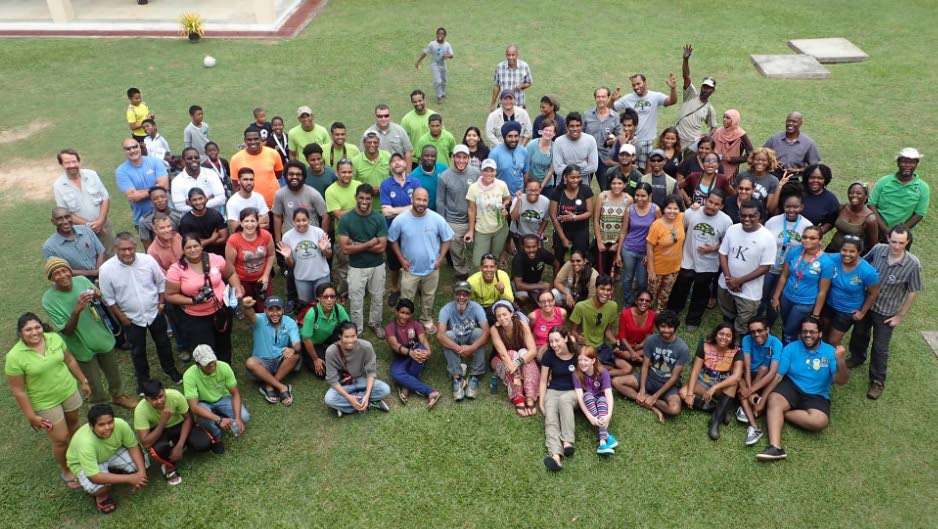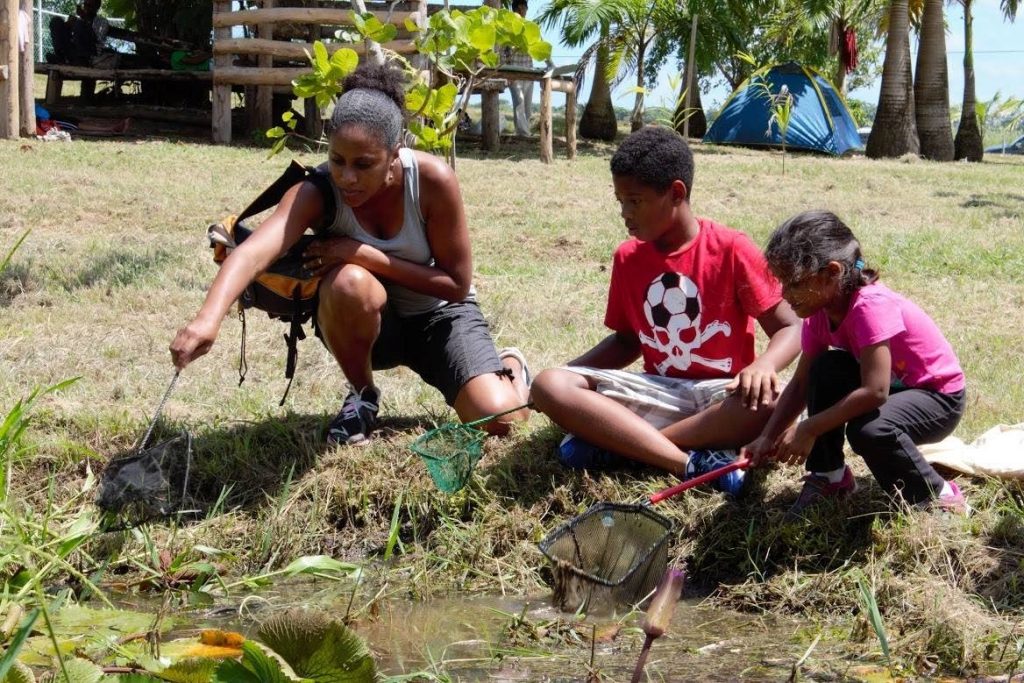Citizen scientist

Danielle Morong
Lab coats and microscopes, or rubber boots and cell phones – what defines the tools of a scientist? When it comes to conserving the rich biodiversity of our natural environment, both professional scientist and caring citizen can align their passion towards a common cause.
In fact, this is the basis of citizen science, as defined by National Geographic as “the practice of public participation and collaboration in scientific research”. Scientific research at its core, helps to answer real world questions by allowing citizens to be hands on in the collection, recording and reporting of scientific data, whether as part of a project or through their own everyday observations.
Citizen science benefits both the scientific and national community in three key ways. Firstly, it allows for maximised data collection and analysis. When citizen scientists volunteer with researchers, it boosts the quantity of data that can be collected in a given time period. This is especially critical for island nations such as ours, which boast of high biodiversity. Our high biodiversity is often reflected in high numbers of different species – for example TT is home to 68 different species of bat. Comparatively, the United Kingdom and the United States are known to have 18 and 47 native species of bats respectively. With this high biodiversity and the coupled threat of a rapidly changing landscape, projects and events which incorporate additional pairs of eyes and limbs for traversing wide terrain, allow more data to be captured and analysed than through the scientific community in isolation.

Secondly, informed citizens and naturalists can directly contribute to research and update the scientific record, by sharing their observations of species. Reported data such as multiple sightings of species or environmental conditions of a given area, help introduce or verify data in the scientific record. During the period 2015-2017, there were eight confirmed and documented sightings of the Amethyst Woodstar hummingbird (Calliphlox amethystine) in Trinidad by members of the TT Bird Status and Distribution Committee–two of these sightings occurring in the home garden of a member. Prior to this, 17 species of hummingbird were thought to be native to TT; that species count now stands at 18.
Thirdly, citizen scientists benefit from increased knowledge and awareness of their local biodiversity. When members of the public learn more about their natural environment, it not only fosters local pride but cultivates environmental stewardship. Attend a public lecture such as those offered by the TT Field Naturalists Club (TTFNC) to learn more about the rich biodiversity. Brush up on your knowledge of birds or mammals or plants by reading a publication. Found something in your backyard or while on a hike and don’t know what it is? Know what it is and want to share your observations? Portals such as the TTFNC Facebook page and inaturalist welcome submissions of photos towards science education and biodiversity conservation.
Indeed, there are many ways to be a citizen scientist – all that’s needed is the will to champion the cause.
* Danielle Morong is assistant secretary of the TT Field Naturalists’ Club. To find out more about the club, and TT’s natural history, visit www.ttfnc.org, like them on Facebook, or follow them on twitter and Instagram.


Comments
"Citizen scientist"